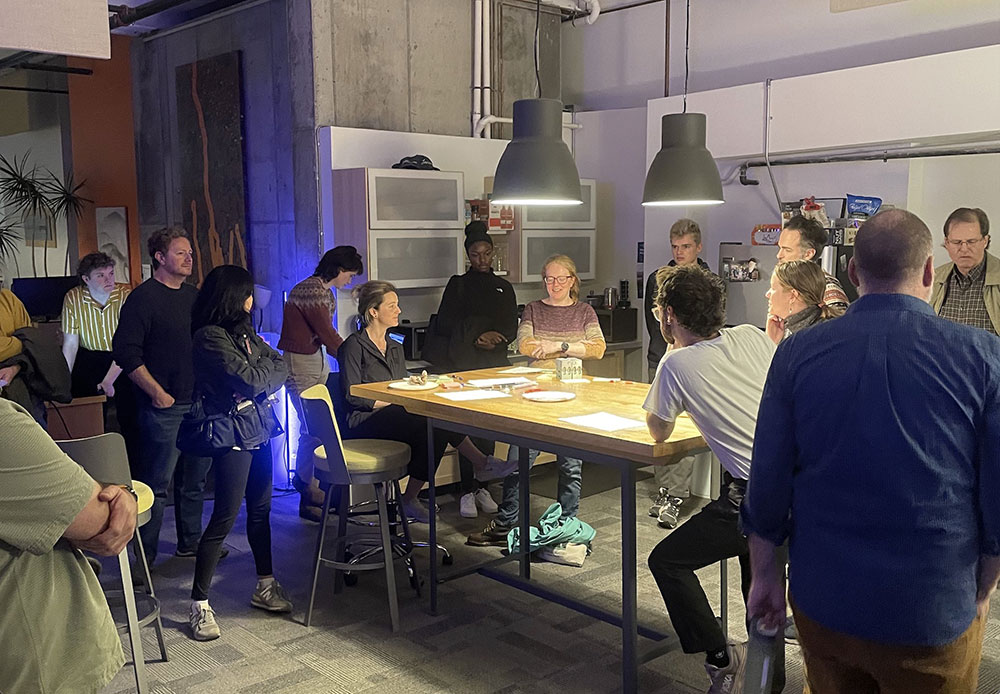
This week, Bluehouse Group hosted another UX/UI Design Jam Meetup! This time around we helped Nancy Stetson, Senior Policy and Data Analyst and Warren Rich, GIS Coordinator and Asset Manager for the City of Burlington. Recently the City rebuilt the Open Data Portal website (https://data.burlingtonvt.gov/) and they wanted help and feedback on how to improve the experience to drive more engagement with City data.
We all met up at the Bluehouse Group office, and it was our biggest turnout this year, with around 30 of us there. After some introductions, we reviewed Nancy and Warren's problem statements and goals. Nancy and Warren told us about two main types of users: researchers and casual citizens. I struggled a bit defining when a casual user becomes a researcher and this was something I felt was important to consider with my group.
We split into groups to decide which user group we wanted to focus on. We chose the casual user because we felt it would be more challenging to solve for. We personified our user as someone like a homebuyer checking out Burlington, Vermont’s data. We determined that the site's core challenge lies in users not knowing what to search for because they're not aware of what data the website offers or doesn't offer.
We also felt that researchers will most of the time head straight for the search bar because they already know what data they are looking for. While casual users tend to explore the website in a more indirect way. To better cater to casual users, we suggested adding a grid of categories on the landing page just below this search bar. For example, they could have a category card labeled "Parks." When users click on this card, they'd find all of the data reports related to parks. This grid of categories would help users discover different data types without relying solely on the search bar. Sections like this already existed on the site, but they were very large modules and they were really far down the page below the fold.
Time flew by fast, and all the teams came back together to present our ideas and findings. It was amazing to see how similar each teams concerns were, and also each teams different approaches to solving those issues. Nancy and Warren seemed very impressed and grateful for everyone’s help.
If you live close to Burlington, Vermont, and you are interested in joining our next UX/UI check out our Meetup page, if you follow the page you can get notified for our next event.



